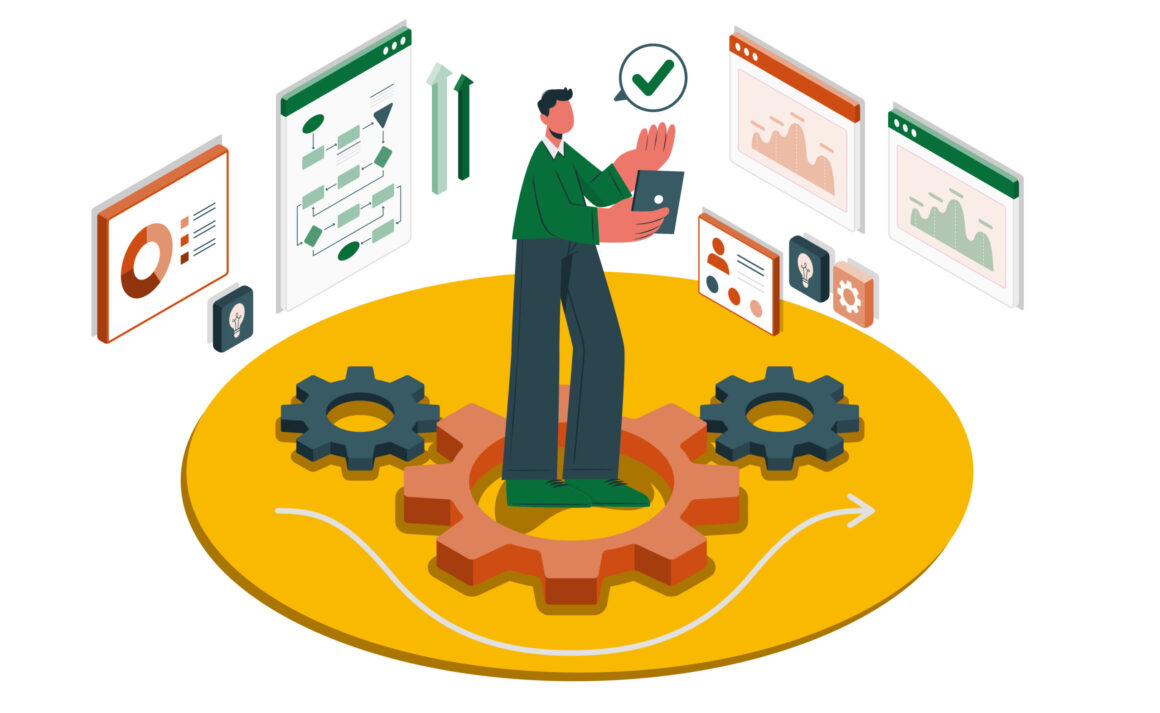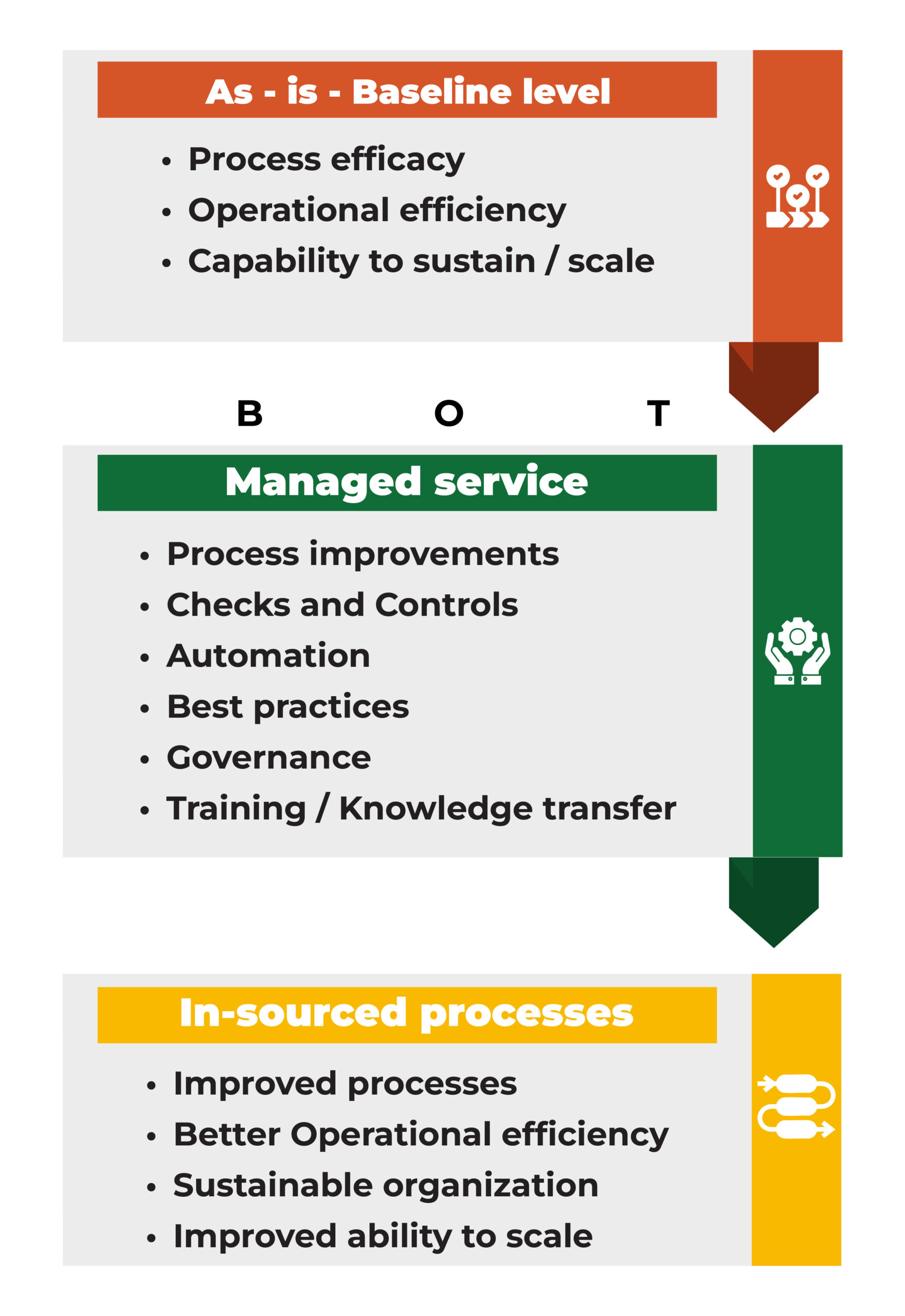Capacity development of NGOs – Managed service model
Capacity development of NGOs – Managed service model

Capacity development of the social sector organizations has been frequently used as a buzz word to mean improvement in sustainability of these organizations.
Almost for all the players in the ecosystem, be it NGOs, Donors, Regulators or Service providers, capacity development is conducting training and workshops and sharing templates. There is a problem with this definition and approach. Prevalent approach is to develop the capacity of employees who are staffing the function. It does not focus on the capacity of the organization.
Just focusing on the capacity of individuals is inadequate and often risky. If a trained and equipped individual were to leave, the organization is back to square one.
Organizational capacity can be built by:
-
- implementing processes that are not person driven but system driven. This ensures that process knowledge remains in the organization even if people move on
- laying down processes, checks and controls which are consistent and not at the whims of an individual. This equips the organization to cope up as they scale.
- giving access to the organizations to expert resources (at fractional cost) to make them sustainable, credible and scale-ready.
- streamlining and implementing HR processes that will help retention and attraction of resources apart from making them compliant.
- design and implement strategies which make organizations financially stronger- through diversified funding mix, wider donor base.
Noticeable difference in popular approach and organizational capacity building is that, in later the focus is on IMPLEMENTING and not just training or creating awareness. The impact of capacity development will be seen only when the ideas or best practices on which individuals are trained get actually implemented and there is someone to handhold, navigate and own up during the implementation phase. Just by training, workshops or hands-off engagement the outcome is bound to be ineffective and short term.
The moot question is how do organizations get the “Implementation” capability. How do they get access to expert resources, who lays down processes and implement best practices for them, who decides what to automate and how? This is where the role of a “MANAGED SERVICE” provider comes in.
Managed service is one where the service provider takes all responsibility for the what and how of Processes. The user is only responsible for providing inputs and crucial decisions.
A Managed service provider is an external agency who specializes in creating Organizational capacity by implementing process changes, technology solutions, process controls. All of this is provided as a bundled service through Build – Operate – Transfer (BOT) model.
In the Build phase, actions such as Process review, modifications, process documentation, putting in controls, authority structure, evaluating automation possibilities, evaluation of software platforms are taken. In this phase the existing processes are also taken over by the Service provider on As-is basis. This phase could last between 4 to 8 weeks.
In the Operate phase, activities undertaken are selection of the automation platform, migration of data onto the system, running processes in parallel, modifying process flows as needed, handle teething issues, make customizations / changes as needed, stabilize the tech and process, demonstrate results through better execution, improved reporting and efficient functional. The duration of the Operate phase would depend on the maturity and inherent strength of every organization. For some it could be 12, 24 or 36 months. Some may want to extend it longer.

In the Transfer phase the processes are to be in-sourced back into the organization. The Technology solution (platform) continues to be same. Mostly these would cloud platforms and access rights can be transferred to the Organization. It’s only the people who are executing the work change. This ensures that there is minimal risk while transitioning work. This risk can also be mitigated by training the staff during the last few weeks of the Operate phase. Usually, the duration of this phase 3 to 4 weeks.
The Managed service model ensures that the turbulence while implementing change is managed by an expert agency and the organization gets back a stable efficient process with optimum automation. This model ensures a long-term and sustainable solution for building the capacity of any organization.
Another concern the organizations may have is, in this model the internal staff is not getting trained or upgraded and the capacity is created outside and not inside the organization. This is true but only partially. The key is implementing changed processes, best practices, automating processes, evaluation and course correction. All these skills are not available with the internal resources handling the functions. The ability to upgrade or upskill to such an extent is not possible for the internal staff. That’s where the organization needs someone to pitch in in the interim and provide that skill set. Internal staff does get trained in the Operate and Transfer phase.
Cost of Managed service needs to be factored in as Capacity development and budgeted for at least 3 years. This could either be a part of Project cost or a separate Project for Capacity development could be designed in consultation with the Donor and Service provider. Usually, Managed services are charged monthly. There is no upfront investment. Such a Project could have targeted deliverables for defined milestones. The Donor can review the Project jointly with the Organization and Service provider.
Managed Services and BOT models have not been encouraged, supported and funded by Donors. Any stakeholder, be it the Donor or even the Regulator, who is interested in ensuring sustainable and strong social organizations, should push the organizations to go this path. Regulations need to explicitly recognize such Projects as CSR eligible.
Seva Tarang Foundation focusses on implementing Managed service model for social sector organizations
Recent Blogs



